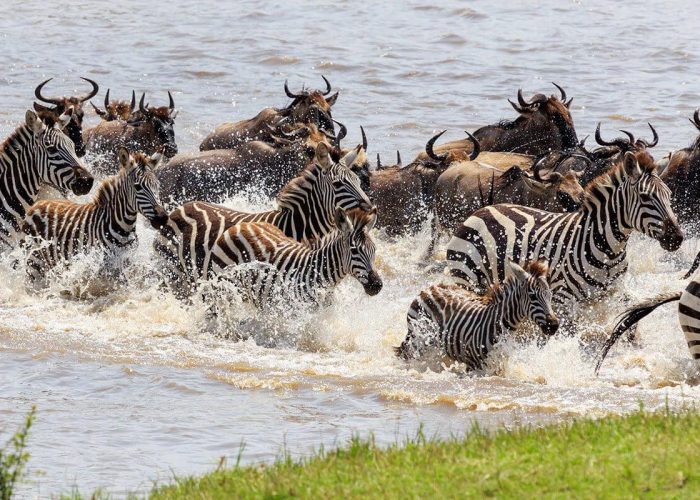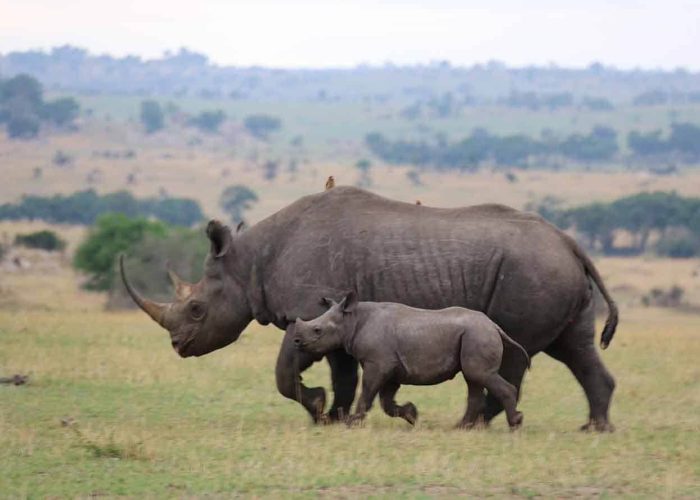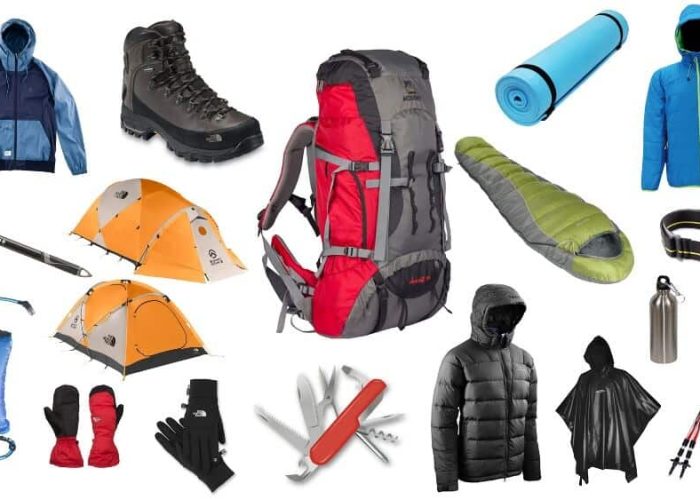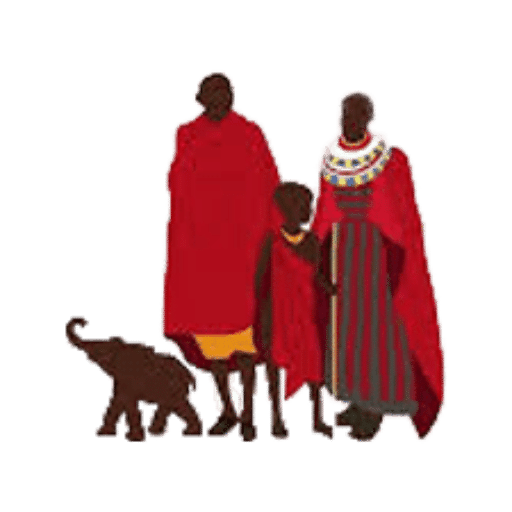How Beautiful is Tanzania?
Overview
Our enquiring guest are very curious about how beautiful Tanzania is? This article should provide you with some good tips and information of how beautiful Tanzania has to offer. The best Destinations, visitors can enjoy authentic Tanzania wilderness without paved roads and fencing, and wildlife Safaris can be enhanced by a wide choice of beach holidays, mountain climbing, Hot-air Balloon, visiting cultural historic sites to gain an insight into the history and culture of the people.
Tanzania was recently voted the best safari country in Africa with 22 National Parks which protect more than 25% of its land are home to 20% of the African Continents largest mammals, hence game viewing experienced in Tanzania is of wonders. It also boasts the top three ‘Natural wonders of Africa which include the Serengeti National Park an International Biosphere Reserve and World Heritage Site together with Mount Kilimanjaro and Ngorongoro Conservation Area, all of them, were declared Natural Wonders of Africa on February 11, 2013. Tanzania has also been named as one of the world’s top five most stunningly beautiful counties to visit by Fox News TV.
Best time of year for Safari in Tanzania & Weather, Serengeti National Park [The Great Migration], Ngorongoro conservation area-Ngorongoro Crater/Caldera, Mount Kilimanjaro, What to take and what to leave and Mountain Trekking.
Best time of year for Safari in Tanzania & Weather.
One of the most common questions we get asked by our enquiring guests is what’s the best time of year for a Safari in Tanzania?
The weather is the most influential factor in determining the best time of year to embark to Safari in Tanzania National Park.
This article should provide all you need to know about Tanzania Safaris-weather to help you decide the best time for your safari in Tanzania.
Serengeti National Park [The Great Migration].
You can visit the Serengeti National Park any time of year, depending on where the migratory herds millions of Wildebeest and half a million Zebra can be viewed. But best months for seeing the migration in the Serengeti are from December to July, especially February and March in the plains when the wildebeest herds are dotted with new-born and April to June when animal concentrations are at their highest. June is also the best time for catching the migration when hundreds of thousands of wildebeests and zebra fearlessly plunging into the Crocodile-ridden waters of the Grumeti River.



Ngorongoro conservation area-Ngorongoro Crater/Caldera.
Ngorongoro can be visited the same time as the Serengeti National Park because it is part of the migration route, large part of it circles heads through Loliondo and into Ngorongoro Conservation Area.
The Ngorongoro Conservation Area was part of Sengengeti National Park, but recently were divided into two, Ngorongoro as a Conservation area which is the only Conservation that protect wildlife while allowing human habituation. Ngorongoro is very unique, and its varied habitats virtually guarantee sighting of the big five – Elephant, Lion, Leopard, Rhino, and Buffalo. Another attraction is the Ngorongoro Crater or Caldera, the largest intact volcanic caldera in the world, and it supports numerous wildlife animals due to its varied habitats including lush grassland, swamps, forest and the lakes, which reflect the silvery sky. Game viewing needless to say is phenomenal, as is the abundance of photo opportunities, the crater deep, bluish-purple sides providing a spectacular backdrop to any shot.



Mount Kilimanjaro [ December –February].
The most popular season for climbing Mount Kilimanjaro is from December to February, this period the weather is clear, July to September is also good, especially September in dry season but also very cold. Also the mountain could be climbed during the rainy seasons, but sticky muddy and slippery sand will give you a hard time and exhaustion, no guarantee of clear skies higher up. The long rain is from March to May, short rains, early November to mid-December, or January.
The mountain was discovered by Europeans in the mid-nineteenth century, rising almost five kilometers from the surrounding plains to a peak of 5891m, Kilimanjaro-a national park, and a World Heritage Site since 1989-is Africa’s highest, and the world tallest freestanding mountain. The mountain is the product of Great Rift Valley, Africa’s most distinctive relief feature which was formed more than 20 to 30 million years ago when tectonic plates collided and then diverged, the volcano arose in places where the earth’s crust thinned as underlying tectonic plates separated, also Mount Meru and Ol Doinyo Lengai are the products of the Great Rift System.



What to take and what to leave.
Another question we regularly face to our enquiring guest is, what should we take for our safari in Tanzania?
Safari Games.
Binocular; Watching animals in Tanzania is pretty easy with your bare eyes, but sometimes animals could be difficult to spot especially forest dwelling species. So you need to bring one pair of Binoculars for spotting both animals and birds. Clothes; A long khaki shirt, with trouser is best recommended for game viewing, some of the colors are not good for game viewing especially black and white color because most of predators see black and white. Footwear, a sturdy, comfortable shoes with a good grip is essential for game viewing, or for walking safari. Sunglass; bring one pair of sunglass, is important in reducing sun rays during the hottest time of the year. Books; reference books for bird watching or game viewing is essential, especial guide books, but also bring your own book for personal reading at leisure time. Camera; a good camera for photographs is very, very important as you will have a lot of opportunities for photographing some good sightings.
Mountain Trekking.
Most of the following items are essential, optional items include a compact umbrella, binoculars, blankets. Headwear; sun hut to avoid sunburn, and a fetching balaclava. Footwear; sturdy, well-broken-in and waterproof hiking boots are vital for the upper sections of the trek. Sunglasses; essential to avoid snow-blindness. Fleece; a warm fleece jacket is essential, and a fleece sweater, you could take two sets, one for hiking, the other for sleeping in. Waterproofs; Jackets and trousers or gaiters. Should be lightweight and made of a windproof, breathable materials. Gloves; for warming your hands. Equipment. Backpack; your main pack will be carried by porters, so bring a small one daypack to carry stuff you will need by day, like water bottles, snacks, toiletries, camera, waterproofs and gloves. Don’t pack too much weight. Sleeping Bag, Touch, with spare batteries, walking stick or trekking pole, Water bottles, enough for three liters.



WHO WE ARE
Master Safari Adventures is locally owned tour company based in Tanzania
We specialize in private small-group safaris , family safari packages, honeymoon safaris, Serengeti Great Migration safari, Ngorongoro Crater Tour, Tarangire , Lake Manyara and Arusha National Parks, Zanzibar Beach Holidays and Mountain trekking

Quick Links
Make Enquiry
- Terms and Conditions
- Privacy Policy
- Cancelation and Refund Policy
Copyright © Makwavi African Safaris, All rights reserved.

